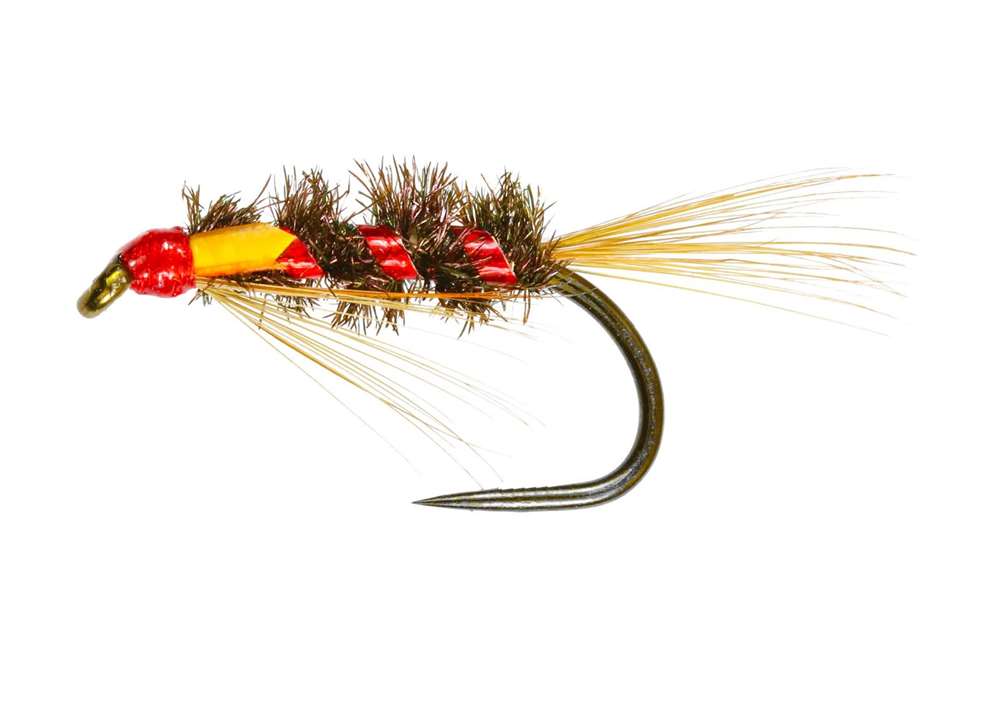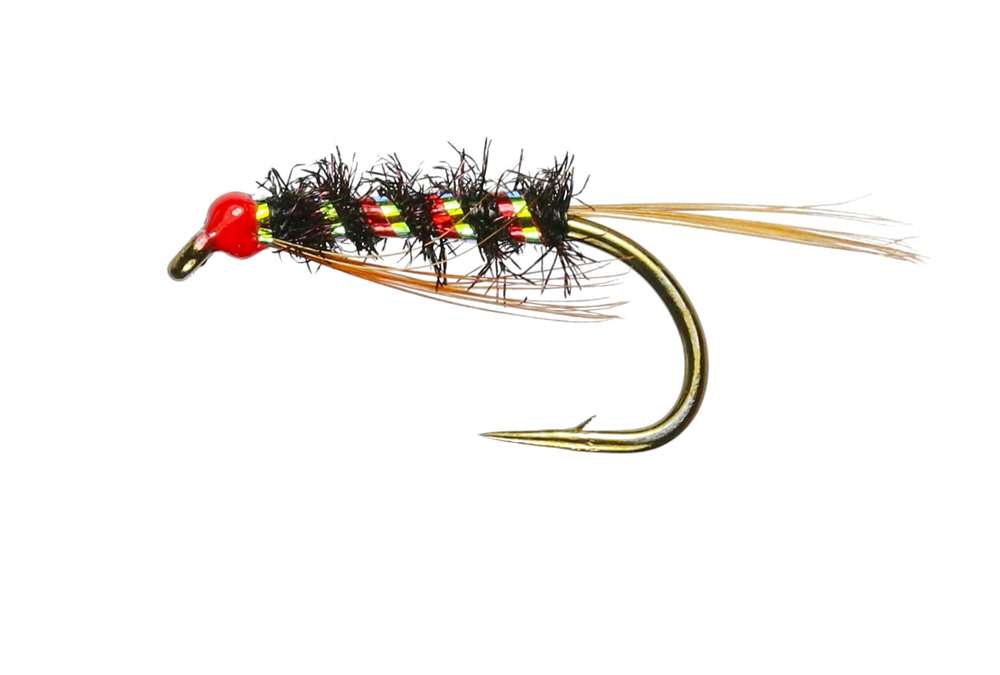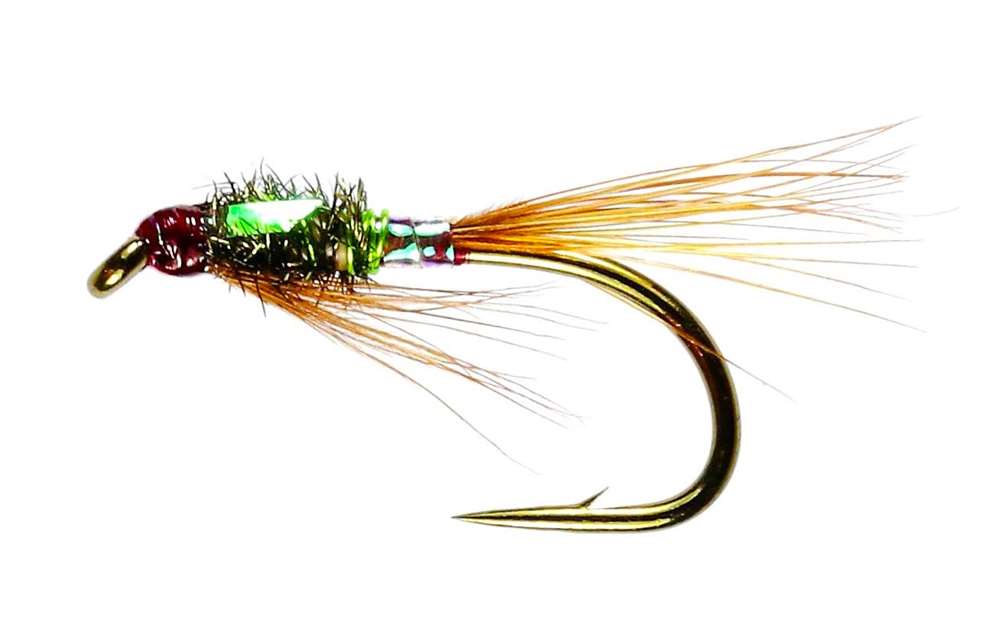Fly In Focus - Diawl Bach
Diawl Bach in Welsh means ‘Little Devil’ and whilst the original Diawl Bach is devilish deadly these days we have many variants that are equally lethal. The original Diawl Bach simply consisted of a red game tail and beard hackle with the peacock herl body. The fly was completed with a copper wire rib. Inched back, or swung round on a gentle breeze, it worked its magic on buzzer feeding trout. And despite its darkish appearance the diawl bach was just as devastating when trout singled out lake, or pond olives. As well as being suggestive of other bugs the pattern quickly gained a reputation as a generic nymph that could be used with confidence at anytime of the season.
Naturally those who tinkered with the dressing came up with all sorts of variants and today we see diawl bachs incorporating holographic ribs, jungle cock cheeks, fluorescent dyed peacock herl and anything else you care to mention. Of course they all work and have a place in our fly box. Granted, if most anglers were restricted to a single fly it’s likely many would choose a pheasant tail nymph, but I’ll wager the diawl bach would come a close second, So if you haven’t got a few in the box then now’s the time to stock up, or if you prefer, tie your own.
Fishing the Diawl Bach:
Beginners understandably prefer to stick to a single fly, in which case a lone diawl bach knotted onto a 9ft taper leader will suffice. This is best cast out in a cross-wind using a floating line. For those familiar with a figure-of-eight, use this to slowly retrieve the fly on a bowing line. If the figure-of-eight causes problems for you then simply trundle the fly back using inch long tweaks. If you’re confident using two flies then position them some 4ft apart on a leader of 14ft overall. Again these are best presented a cross a breeze.
If trout are found tight against the windward (exposed) shore then revert to a single fly once more to avoid tangles when casting into a niggling breeze. Conversely those who have the luxury of drifting from a boat might find a two, or even three fly rig worthwhile. Whatever the situation, aim to hold your rod tip approx 1ft above the water’s surface, as now the dropping line can be watched for takes. If this lifts, or momentarily hesitates then tighten the line with a swift sideways sweep of your rod into the wind direction as this maintains tension when striking.
Top Tip: When fishing two or three flies, it’s easy to slip into the trap of using the same killing fly, for example, knotting on three red holographic ribbed diawl bachs. My advice is to mix it up by using three different dressings of the diawl bach.






